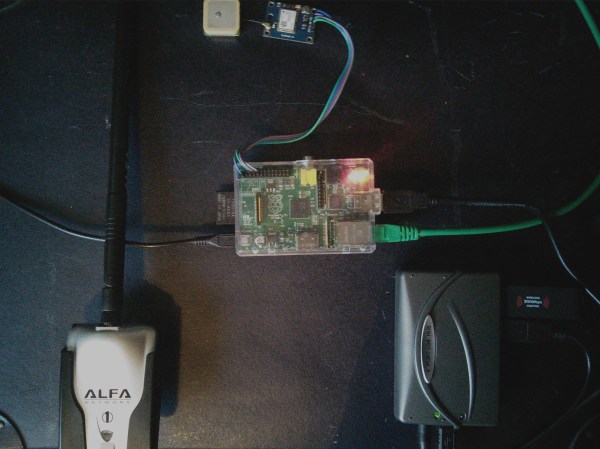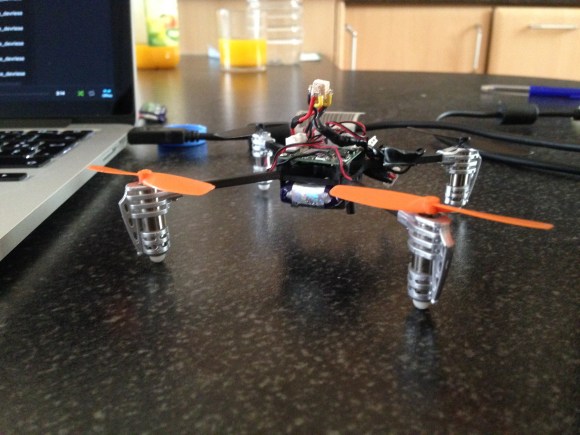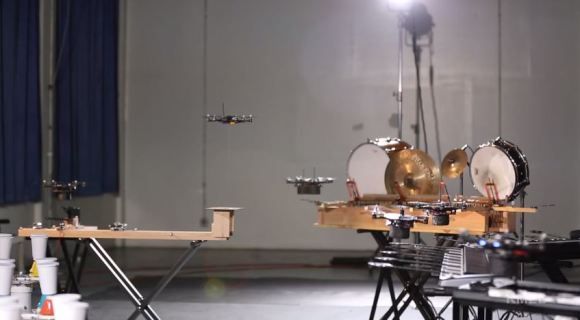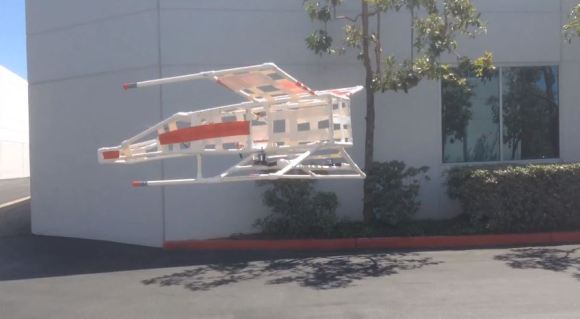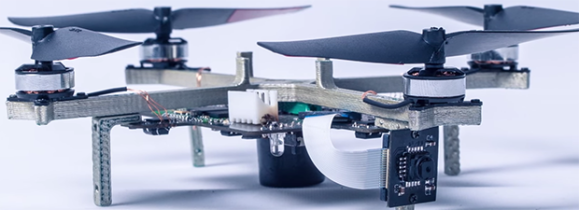
The computing power inside a quadcopter is enough to read a few gyros and accelerometers, do some math, and figure out how much power to send to the motors. What if a quadcopter had immensely more computing power, and enough peripherals to do something cool? That’s what Phenox has done with a micro quad that is able to run Linux.
Phenox looks like any other micro quad, but under the hood things get a lot more interesting. Instead of the usual microcontroller-based control system, the Phenox features a ZINQ-7000 System on Chip, featuring an ARM core with an FPGA and a little bit of DDR3 memory. This allows the quad to run Linux, made even more interesting by the addition of two cameras (one forward facing, one down facing), a microphone, an IMU, and a range sensor. Basically, if you want a robotic pet that can hover, you wouldn’t do bad by starting with a Phenox.
The folks behind Phenox are putting up a Kickstarter tomorrow. No word on how much a base Phenox will run you, but it’ll probably be a little bit more than the cheap quads you can pick up from the usual Chinese retailers.
Videos below.

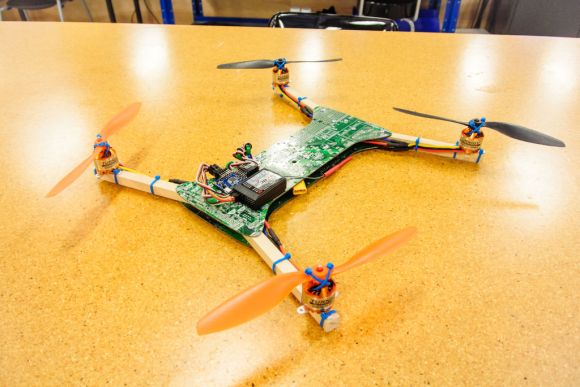
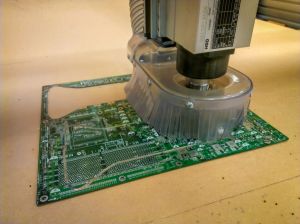 Clean PCBs in hand, [Eric] headed to his local TechShop. He drew his dead cat style frame in SolidWorks and cut it out on a ShopBot. While a high-end CNC cutter is nice, it’s not absolutely necessary. The fiberglass sheets could be cut with a rotary tool or a jigsaw. No matter how you cut it, be sure to wear a mask rated for fiberglass resins and some protective clothing. Fiberglass plate is nasty stuff to cut.
Clean PCBs in hand, [Eric] headed to his local TechShop. He drew his dead cat style frame in SolidWorks and cut it out on a ShopBot. While a high-end CNC cutter is nice, it’s not absolutely necessary. The fiberglass sheets could be cut with a rotary tool or a jigsaw. No matter how you cut it, be sure to wear a mask rated for fiberglass resins and some protective clothing. Fiberglass plate is nasty stuff to cut.